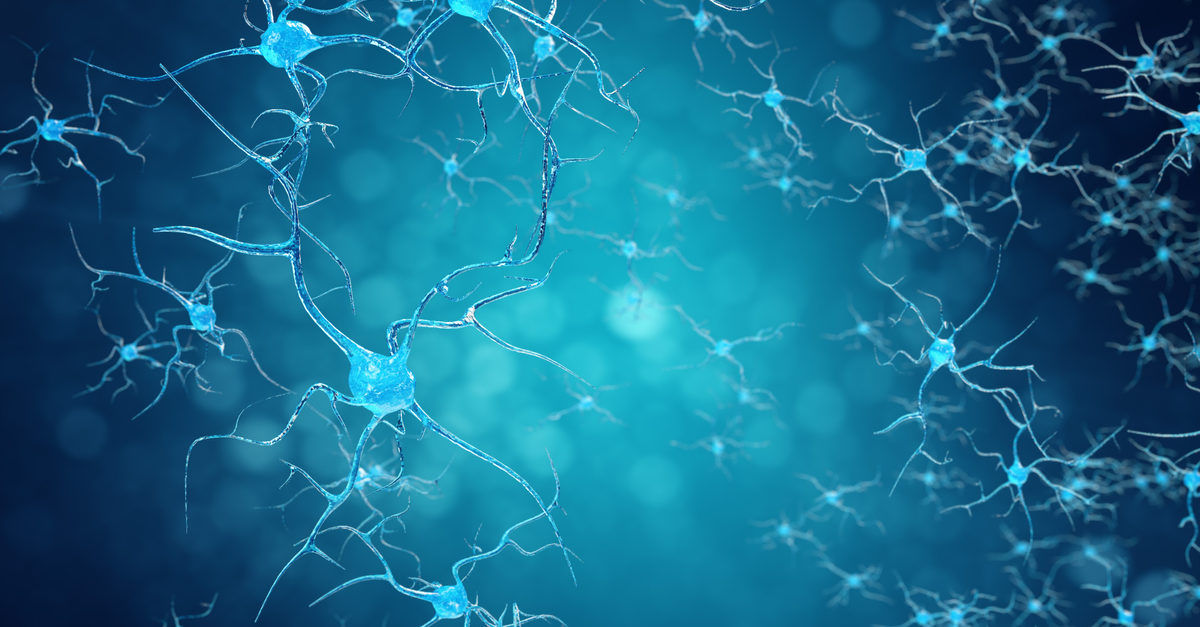Pain neuroscience education (PNE) is an approach created specifically to help individuals recognize the role that the brain and nervous system play in their pain experience – which then helps them better understand why they hurt. PNE uses storytelling and metaphors to explain complex ideas about how pain works in the brain. It’s core to the Fern chronic pain program – and essential to building trust and helping people overcome limitations presented by chronic pain and reclaim their lives.
Why is PNE so important? In my work as a physical therapist, I learned that in order to build trust with patients, it’s essential that they feel heard and understood. When patients’ feelings are validated, a provider can better help them understand why they are experiencing those sensations. This is where PNE plays a big role – educating patients on the reasoning behind why certain physical and psychological techniques will help them manage their pain.
Without building this trust through listening and understanding their feelings, patients may feel apprehensive about beginning to confront or address limitations caused by pain and wonder, “if I’m in pain, why should I move?”
At Fern Health, PNE allows us to help Fern participants understand that the answer starts in the brain. In the case of acute pain, a signal created in the brain alerts us that something is wrong, or that there is a threat present. But with chronic pain, this alarm system gets “excited” and can remain perpetually turned on, even when there is no immediate threat or danger.
Stressful situations, past experiences related to injury or pain, as well as mental health conditions like depression and anxiety can all cause or exacerbate chronic pain, because pain and depression share overlapping nerve biological pathways in the brain.

As chronic pain continues, people in pain often develop unproductive thought patterns that get in the way of recovery. Fear avoidance and pain catastrophizing are two limiting beliefs that are common in chronic pain. When people in pain expect the worst, their pain can actually feel worse.
With fear avoidance, people in pain stay away from activities that they fear will make them feel more pain. Unfortunately, over time, that can include most movement. Lack of activity can both weaken and tighten muscles, which can make pain feel even worse.
The good news is research also shows that explaining all of this to people in pain using pain neuroscience education helps reduce pain catastrophizing and fear avoidance. Individuals can then begin engaging in daily movement that can help strengthen and elongate their muscles and start to build pain relief skills.
Putting a name to the feeling
Some of my patients have been surprised to hear that pain can also be a good thing. But it makes sense if you think about it. When pain signals are working properly, they help protect us from danger. For example, if we touch something hot, our brain signals us to move away and prevent further injury.
One way to help people with chronic pain manage their pain is to help them recognize and describe exactly what they are feeling. This can enable individuals to start to understand the difference between pain that’s a warning signal, and pain that’s a normal part of healthy life.
If someone starts an exercise therapy program and feels sore after a workout, they might worry that they’re making their condition worse. But in fact, soreness is a normal reaction to movement and exercise and indicates the occurrence of muscle activity and growth.

On the other hand, experiencing a sharp or stabbing pain is typically a sign that you should stop what you’re doing and talk with your doctor, healthcare provider, or coach. Helping people with chronic pain recognize the difference between different types of pain can help them to take more small, safe steps towards increasing their activity levels.
It’s also helpful to ask people in pain about when they experience pain. Is it all the time? Is it when they’re doing something specific? Does it seem to be linked to stressful situations in their personal or work life? Do they have an experience from their past where they were greatly affected by pain? Helping people in pain understand their triggers can help them feel less afraid and feel more comfortable starting a program, as well as learn to recognize when they are being triggered and develop healthy coping mechanisms.
Connecting with the “why”
Of course, having a strong clinical background is critical when addressing chronic pain. But figuring out how to identify someone’s “why” is one of the most important skills I learned. You can be the greatest doctor, physical therapist, or health coach in the world, but if you don’t listen to what your patient is saying and learn what is meaningful and important to him or her, you’re never going to help that patient stay motivated towards consistency and buy into treatment completely.
In the Fern program, working with members to develop personalized goals is a key role of our coaches. Research shows that goal setting, especially with the support of a coach, helps motivate individuals and drive them towards behavior change. In the clinic for example, instead of just focusing on metrics like how far a patient could bend his or her elbow after an injury, we would also discuss why bending that elbow is important to him or her in relation to established goals, and how pain was interfering with that ability in their daily lives.
Pain, especially when it becomes chronic, can prevent people from doing what they love. Inactivity and social isolation from pain can lead to depressed feelings. This can become a vicious cycle. Feelings of depression and lack of exercise both exacerbate pain symptoms. When pain symptoms get worse, the cycle continues.
Pain neuroscience education and the first step toward feeling better
Learning to manage chronic pain is a process, and everyone has a different experience. Pain neuroscience education helps lay the groundwork for progress by helping people gain a deeper understanding of why they hurt. Before joining Fern Health when I worked as a physical therapist, I saw the transformative power of education all the time in my practice. I see it with our Fern members, too.
Pain neuroscience education combined with meaningful goal setting are essential pieces of a pain management plan that helps people in chronic pain understand their experience – and what they’re working for when they take the first step toward feeling better.






